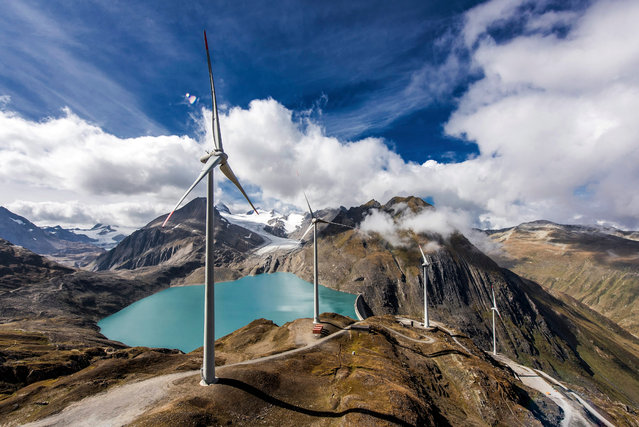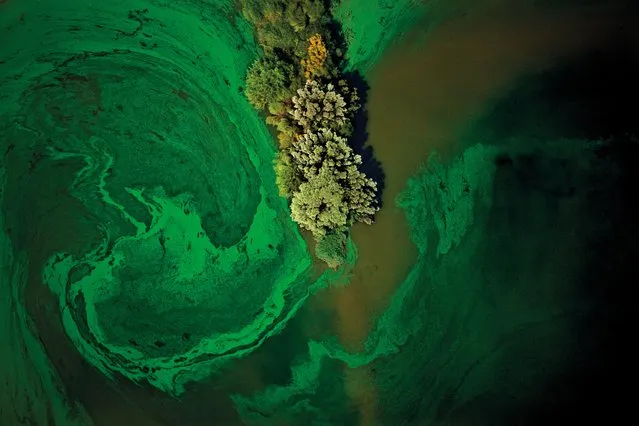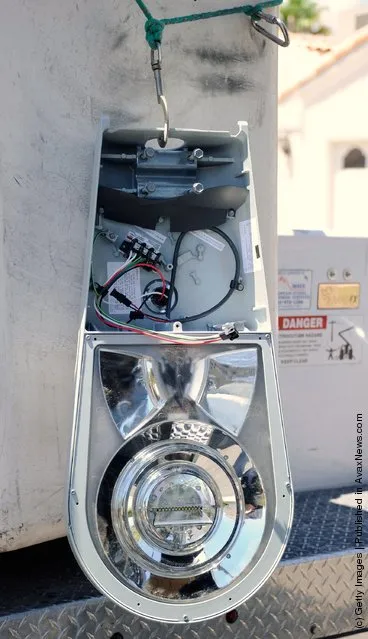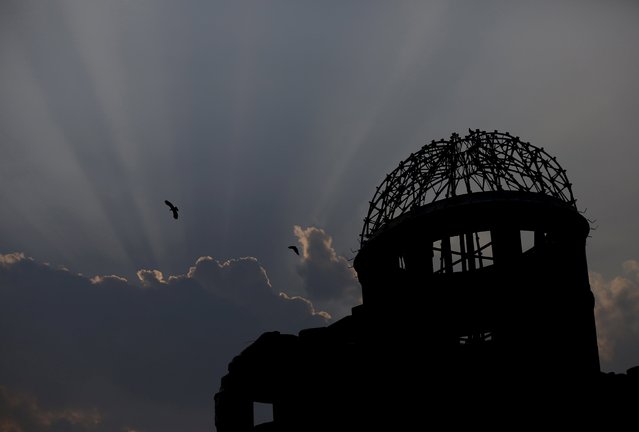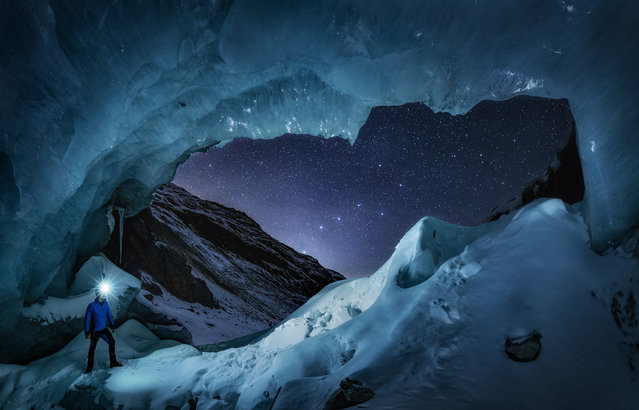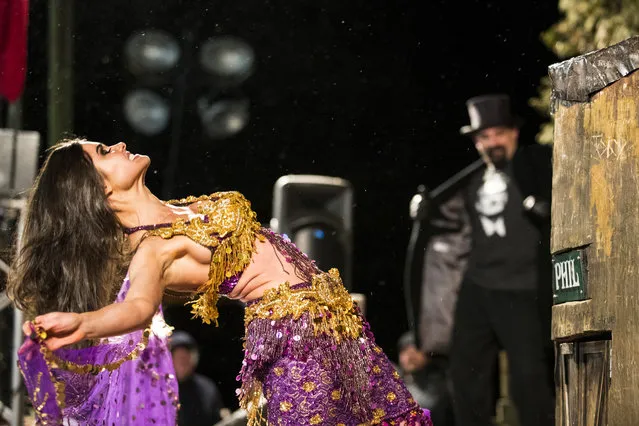
A belly dancer performs in a talent show in early morning ceremonies for Groundhog Day on February 2, 2018 in Punxsutawney, Pennsylvania. Punxsutawney Phil, the weather-forecasting groundhog, emerged from his burrow in Pennsylvania on Friday, saw his shadow and predicted six more weeks of winter, despite his rival Staten Island Chuck in New York predicting an early spring. (Photo by Brett Carlsen/Getty Images)
03 Feb 2018 07:24:00,post received
0 comments

